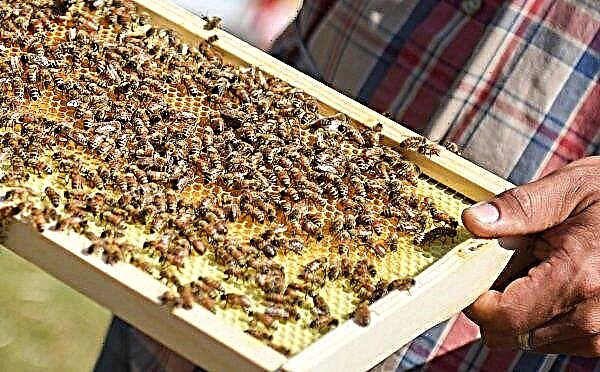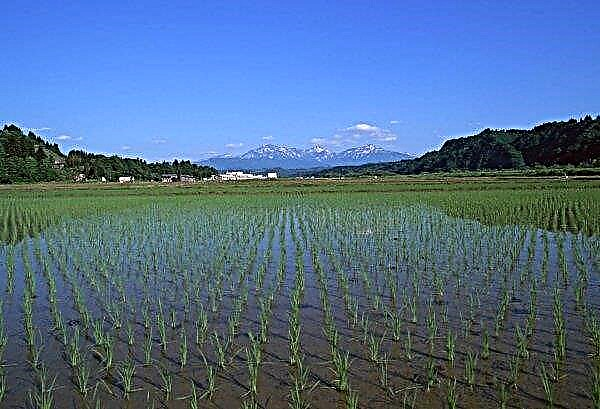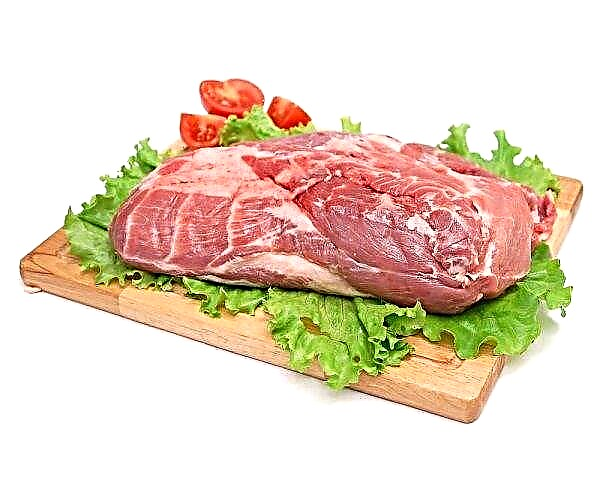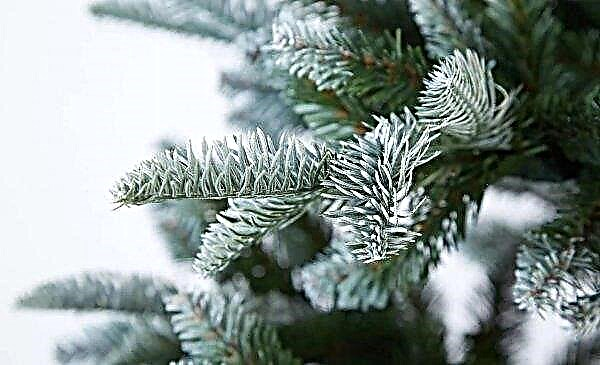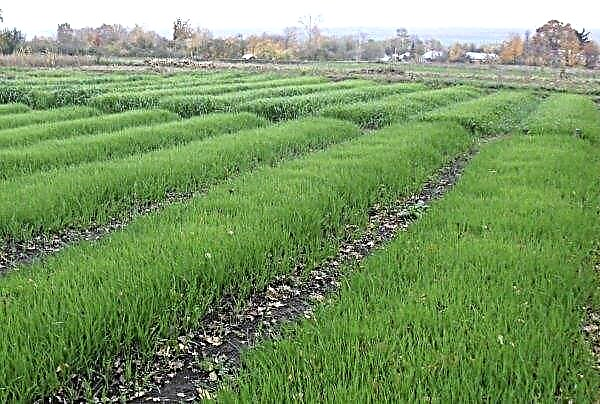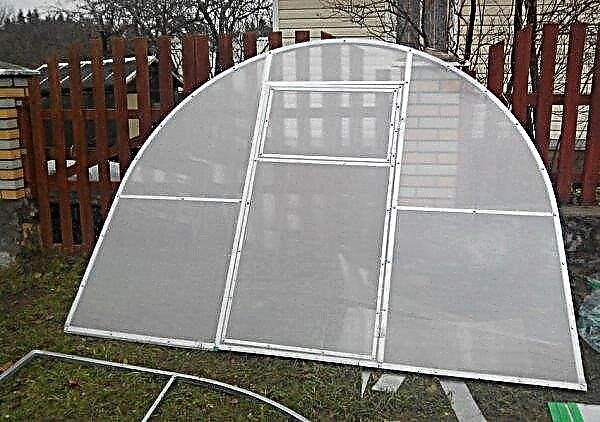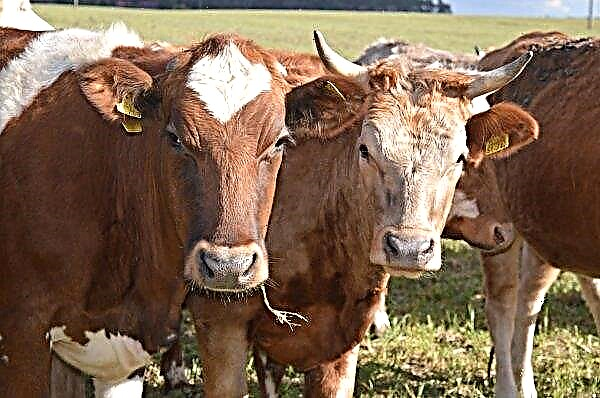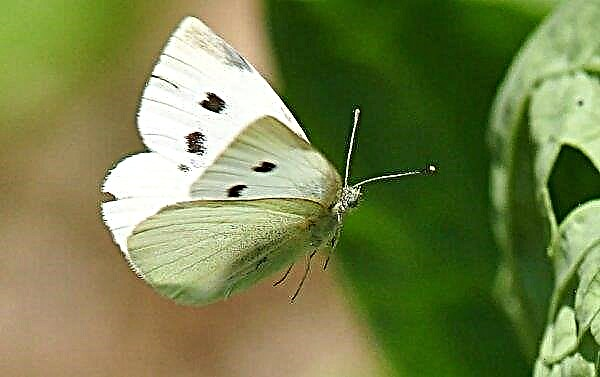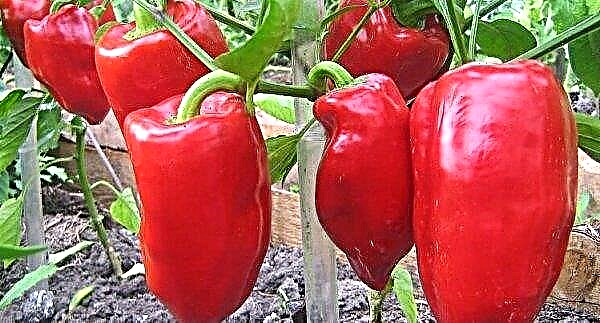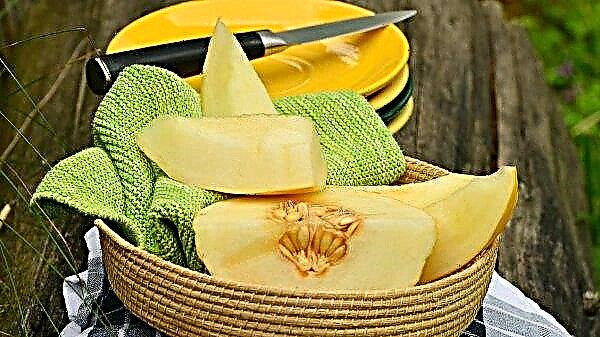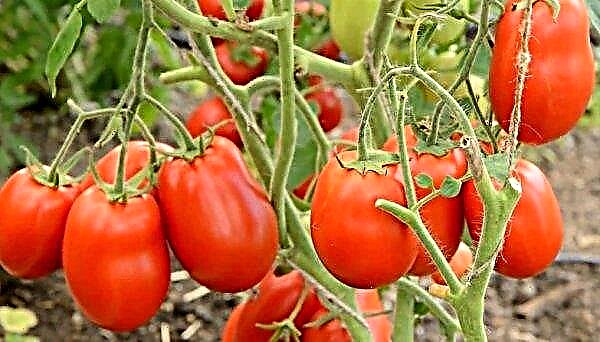Many have heard of camellia. Its fame is due to the fact that one of its species, Chinese camellia, is used as raw material for making tea, for which it is called tea bush. In addition, the plant is famous for its splendor of color, so such a flower will become an adornment of any household plot or apartment. Learn more about how to breed camellia at home.
What is Camellia: plant description
Camellia comes from the subtropics, where it grows like an evergreen shrub or tree. Most common in China and Japan. Also found on the Black Sea coast of Ukraine and Russia, and in the south of the USA.
The plant can grow up to 20 m in height. Its leaves are simple, elliptical or wide and oblong-ovate in shape, with a glossy surface, dark green in color. The end is pointed or dull. On the stem, they are attached to the shortened petioles one at a time or in small groups of 2-3 pcs.
Camellia blooms with single flowers, the diameter of which varies from 1 to 12 cm. All flower petals at the base are fused, they can have pink, red, white, motley color. After the end of the flowering period, the fruit forms in the form of a capsule, which, when ripe, becomes dry and divided into five compartments, each of which contains eight seeds.
Did you know? The name of the genus, «camellia»gave flowers Karl Linneythereby perpetuating the name of the Jesuit missionary and botanist George Joseph Kamel.
In the genus Camellia, there are about 80 species. Here are some of them that are usually bred as indoor flowers:
How to plant camellia
To plant a bush, you first need to prepare the soil. It is desirable that it be acidic, well permeable to air and water. A mixture of horse peat, overflow, vermiculite, sand and crushed bark possesses such qualities.
You can use another version of the soil: sheet land, coniferous, peat, sand (1: 1: 1: 0.5). In such land, camellia is planted both in the garden and in a pot.
The landing process is identical in both cases:
- At the bottom of the pit, dug by the size of the roots of camellia with a small margin (a pot of appropriate size), drainage is poured - gravel or expanded clay. The pot must have drainage holes.
- The pit (pot) is filled with two-thirds of the soil mixture.
- Camellia is placed inside, the rest of the soil is added from the sides and from above. For a flower, the main thing is that when planting a seedling, the root neck does not deepen or sprinkle with earth.
- After landing, watering is performed.
Room variants of camellia are very demanding on temperature, lighting, humidity. Therefore, so that all your labors pass in vain, you need to know how to properly care for a flower so that it brings joy, not unnecessary trouble.
Location and optimal conditions
Camellia really does not like drafts, so this is the first thing to consider when choosing a location for her. The next item is lighting. Direct sunlight for a flower is fatal, therefore, putting it on the south window, you need to take care of a good shadow. Even if you place it on the western or eastern window sills, you still have to shade it.
Important! So that all parts of the bush evenly receive their portion of light, the pot must be periodically rotated.
In order to ensure an influx of fresh air, in summer the plant can be taken out to the balcony, to the garden, or placed by an open window. As for the temperature, it, like for all plants, depends on the season. In the warm season, the thermometer should not exceed + 25 ° С, and in winter - + 12 ° С, but also not fall below + 8 ° С. When buds appear, the temperature should be kept at + 18 ° C.
The bush is very fond of moisture: the earth in the pot should be constantly moist, but not wet. In the heat, to maintain humidity, you need to spray the plant with soft water. It is also recommended to place next to the tank with water or wet pebbles.
How to water and fertilize
Moisture should be applied constantly and in moderation. It is strictly forbidden to fill the bush, as this will provoke the appearance of various diseases. A dried topsoil will indicate the need for watering. After watering, be sure to drain the water from the pan. To better discharge water, a good layer of drainage is lined at the bottom of the pot. During watering and spraying, you need to ensure that water does not fall on the flowers.
After watering, be sure to drain the water from the pan. To better discharge water, a good layer of drainage is lined at the bottom of the pot. During watering and spraying, you need to ensure that water does not fall on the flowers.
In the summer, the plant does not particularly need fertilizers. Only nutrient mixtures can be added to maintain growth (once every 30 days). But during budding it is very important to feed the bush. You can use liquid fertilizers for azaleas. The frequency of fertilizer application is 2-3 times in 30 days.
Important! When purchasing fertilizers, you should pay attention to their expiration date, since if it expired, the mixture can harm camellias.
Transfer
Young bushes need an annual transplant. As soon as the plant began to give the first flowers, and this is repeated from year to year, then you need to transplant with an interval of two years. It is best to carry out the procedure in the spring, and at the same time pinch the shoots so that the bush is thicker.
Video: Camellia transplant
During transshipment, the soil in the pot is completely renewed. In adult flowers, if it is not time for transplantation, the topsoil is renewed. The pot is selected a size larger.
When the camellia reaches such a size that it will be necessary for it to acquire a tub, the transplantation is no longer necessary, since it is difficult and can harm the root system. Only the topsoil will need to be replaced constantly.
Seasonal Features
Unlike most houseplants, in camellia, the period of wakefulness and dormancy changed places. In summer, she rests, and in winter, actively blooms and forms a green mass. But at the same time, in the summer she has the formation of vegetative buds, which will begin to grow the next year in the spring, therefore it cannot be said that in the summer period it completely stops growth.
Dormancy and flowering period
March-September is the time of relative dormancy of the plant. The temperature is maintained in the range of +20 ... + 25 ° С. When flower buds begin to be laid, it must be lowered to +18 ... + 20 ° С. Many gardeners advise for this period to dig a bush in partial shade in the garden, or to regularly ventilate the house. In winter, from December to February, the active phase begins, flowers appear. For abundant flowering, it is necessary to maintain a low temperature, +8 ... + 12 ° C. Higher rates will lead to early but sparse flowering, or loss of buds.
In winter, from December to February, the active phase begins, flowers appear. For abundant flowering, it is necessary to maintain a low temperature, +8 ... + 12 ° C. Higher rates will lead to early but sparse flowering, or loss of buds.
If, when the camellia blooms, it forms many buds, then it is better to prune them, leaving one or two of the strongest. This will give the plant the opportunity to invest all its strength in the remaining flowers, so that they grow large. In addition, camellia may not have enough strength to support the growth of a large number of buds and it will simply begin to lose them.
Important! With the beginning of flowering, it is better to stop turning the bush relative to the light source, since such a movement can easily contribute to the discharge of buds.
Flower propagation
The bush can be propagated as a generative (seed), and vegetative (layering, cuttings) method.
Cuttings
For the cuttings, the young top of the stem is cut 6–8 cm long. It should have 3-5 developed leaves. The cuttings are planted in a box filled with peat-sand mixture, and placed in a warm place with a temperature of +20 ... + 23 ° С. If the rooting procedure is carried out in the summer, it can stretch for two months. The stalk planted in winter takes root even longer. You can speed up the process by pre-soaking the shoot in a growth stimulator, but this does not always help. With the advent of the roots, they are dived into individual pots with a diameter of 70 mm filled with peat, deciduous, soddy soil and sand (2: 2: 1: 1).
If the rooting procedure is carried out in the summer, it can stretch for two months. The stalk planted in winter takes root even longer. You can speed up the process by pre-soaking the shoot in a growth stimulator, but this does not always help. With the advent of the roots, they are dived into individual pots with a diameter of 70 mm filled with peat, deciduous, soddy soil and sand (2: 2: 1: 1).
Seeds
The seed method of breeding is used infrequently, since it is troublesome and besides, varietal characteristics of the plant are lost with it. If you chose this method, then first you need to soak the seed in warm water for two to three days. After - sow the seeds one at a time in 5-centimeter pots. With the advent of two true leaves, they pick in a larger tank.
Vaccinated
If you could not root the stalk (this sometimes happens, it all depends on the variety), then you need to use the vaccine. As it uses a developed kidney, cut from the top of the shoot; she is grafted into the cleft. A month later, when kept in a room with a temperature of + 20 ° C, it can already germinate. Care for it should be thorough: watering, spraying, moisture control, protection against burns. After a year, a transplant is carried out in a 9-centimeter pot with a suitable substrate. The next year, by transshipment, the old tank is replaced with a new one, 11-14 centimeters in diameter.
After a year, a transplant is carried out in a 9-centimeter pot with a suitable substrate. The next year, by transshipment, the old tank is replaced with a new one, 11-14 centimeters in diameter.
Did you know? When in Christianity was forbidden in Japan, camellia flowers were used by local Catholics as a symbol of Christ, instead of a cross, the wearing of which was forbidden.
Diseases and other plant problems
In order for the camellia to begin to bloom, you must follow all the rules for its location and care, since the slightest deviation can deprive the plant of color.
Therefore, the reasons why camellia does not bloom are most often the usual mistakes in caring for it:
- non-compliance with the humidity level;
- inappropriate temperature (high);
- drafts;
- with the advent of the buds, the pot spun.
In addition to the lack of flowering, there are other problems:
So, camellia is a magnificent exotic flower that survives quite well in our latitudes. It is demanding in care, but it allows you to enjoy the beauty of its flowering for a long time.

